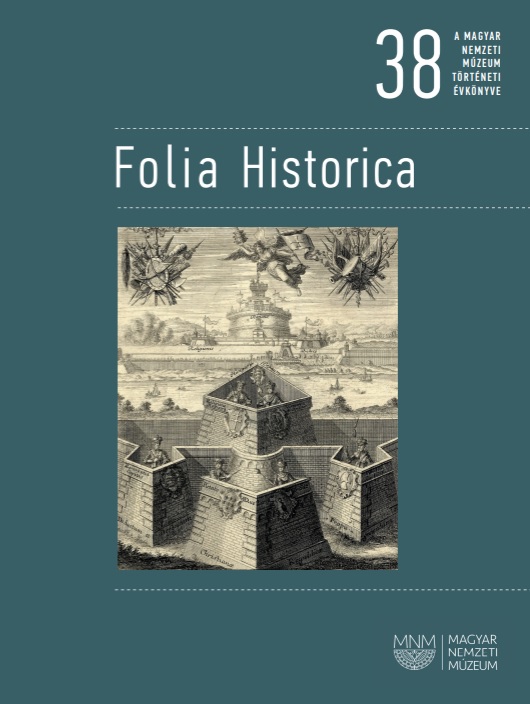„Hungariam Deus opposuit in propugnaculum”
A Mistakenly Identified Visual Arts Depiction of the Bastion Topos and its Implications for Literary History
DOI:
https://doi.org/10.62258/FTIM7802Keywords:
Hungary as a bastion of Christianity, the notion of providentia, Jesuit philosophy of history, title page, copper engravingAbstract
The present study discusses the identification of a representation that was delineated from its original function and regarded as a separate copper engraving for almost twenty-five years, an issue that has been clarified with the help of a combined bibliographical, literary historical, and art-historical approach. The main finding of the study is that the examination of such a complex set of problems requires analyzing the surviving “work” first, with special regard to the relationship between image and text. In the present case, the method has enabled placing an anonymous copper engraving – treated as an individual artifact for long – back into its original context.
During the uncertain period after the expulsion of the Turks and Rákóczi’s War of Independence, Antal Mindszenti’s work on Hungarian history transformed thinking about history in many ways. The copper engraving is as much a part and an illustration of Mindszenti’s philosophy of history as of “antemurale” and the Jesuit concept of providentia, which, by the early eighteenth century, had been around for hundreds of years.
The engraving effectively summarizes the fundamental idea of Mindszenti’s work: God had made Hungary a bastion, set against the pagan “archenemy” in the world of religio and, through fortitude, in the field of military gallantry as well.


